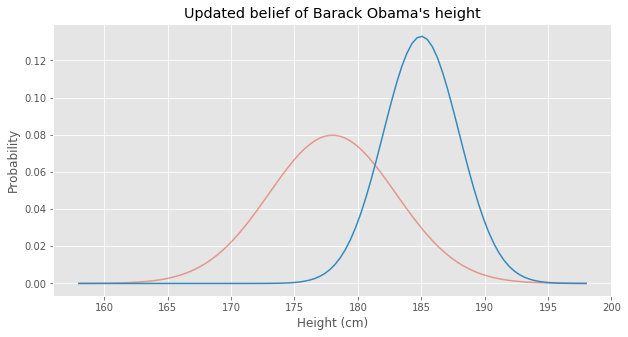Before The Second Sex, the sexed/gendered body was not an object of phenomenological investigation. Beauvoir changed that. Her argument for sexual equality takes two directions. First, it exposes the ways that masculine ideology exploits the sexual difference to create systems of inequality. Second, it identifies the ways that arguments for equality erase the sexual difference in order to establish the masculine subject as the absolute human type. Here Plato is her target. Plato, beginning with the premise that sex is an accidental quality, concludes that women and men are equally qualified to become members of the guardian class. The price of women’s admission to this privileged class, however, is that they must train and live like men. Thus the discriminatory sexual difference remains in play. Only men or those who emulate them may rule. Beauvoir’s argument for equality does not fall into this trap. She insists that women and men treat each other as equals and that such treatment requires that their sexual differences be validated. Equality is not a synonym for sameness.
equalities are not the sameness






